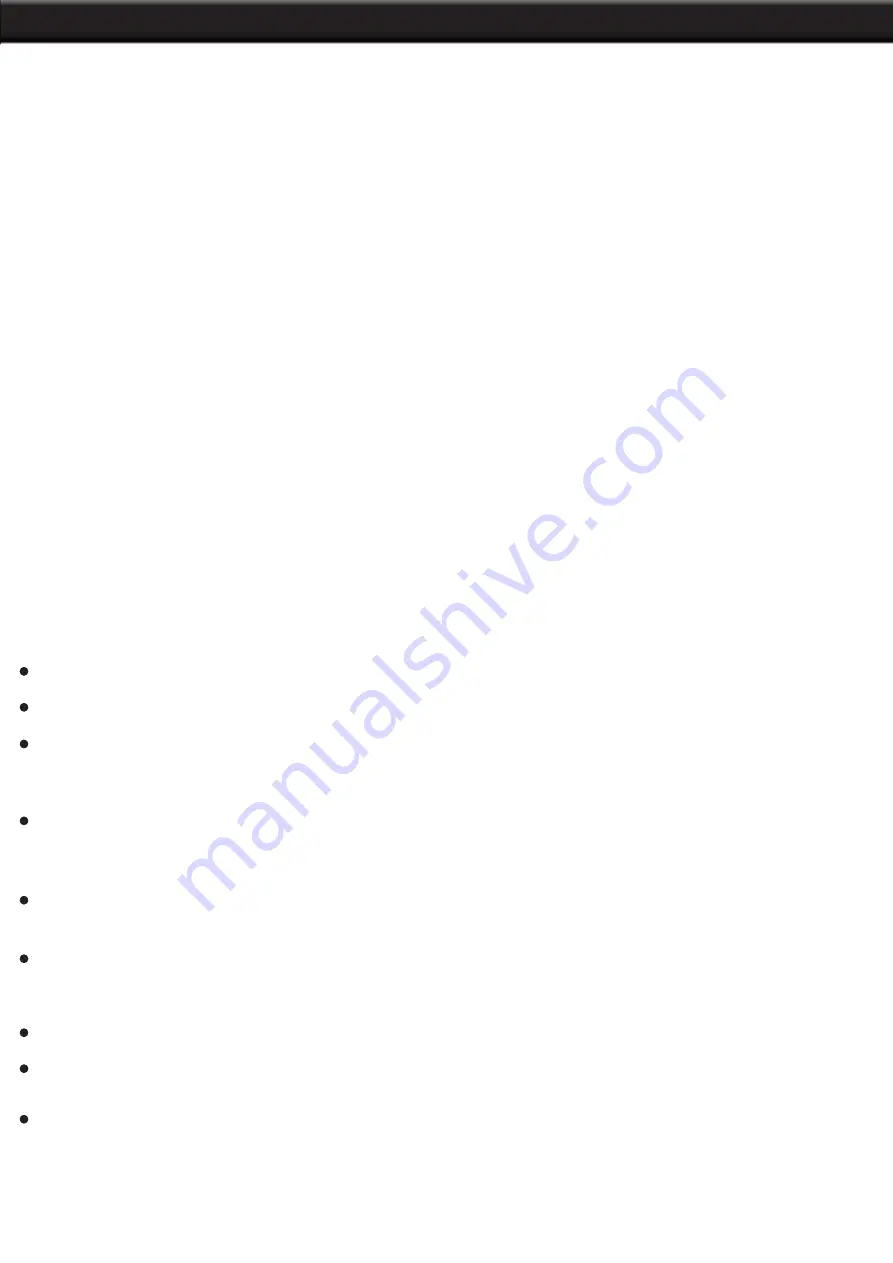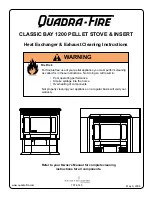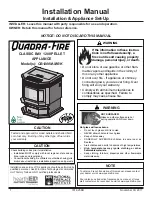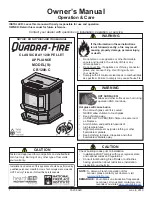
MAINTENANCE
CLEANING THE BURNER:
Spiders and small insects can spin webs and build nests inside
the burner. This especially occurs in late summer and fall before frost when spiders are most
active. These nests can obstruct gas flow and cause a fire in and around the burner and
orifice. Such a fire can cause operator injury and serious damage to the appliance. To help
prevent a blockage and ensure full heat output, clean and inspect burner tube often (once or
twice a month).
NOTE
: Water or air pressure will not normally clear a spider web.
STEPS FOR CLEANING THE BURNER
STEP 1:
Remove orifice/valve from burner.
STEP 2:
Look inside the burner tube for nests, webs, or mud.
STEP 3:
To remove the above obstructions, use an accessory flexible venturi brush or bend
a small hook on one end of a long flexible wire or use an air hose.
STEP 4:
Inspect and clean the burner if needed.
STEP 5:
Reattach orifice/hose to burner.
COMPONENT CLEANING
BURNER:
Wire brush loose corrosion from burner exterior. Clean clogged gas port holes with
an opened paper clip. Replace corroded or damaged burners that would emit excess gas.
COOKING SURFACES, POTS AND PANS:
Clean the cooking surface with soapy water and a
nylon cleaning pad.
After appliance has cooled, wipe areas where paint and finish have burned off to minimize rusting.
When cooking with oil or grease, a thermometer must be used.
Introduction of water from any source into the cooking oil or grease may cause overflow and severe burns
from hot oil and water splatter. When frying with oil and grease, all food products
MUST
be completely
thawed and towel dried to remove water before being immersed in the fryer.
Be sure thermometer is in good working condition. To check the thermometer, insert it into a pot of boiling
water and ensuring that it registers approximately 212°F ± 20°F (100°C ± 10°C). If it does not function
properly, obtain a replacement thermometer specified by the manufacturer before using the appliance.
DO NOT
over fill the pot with cooking liquid.
NEVER
fill appliance more than half full of cooking liquid or
past the maximum fill line (a permanent marking on fryer).
If cooking liquid has spilled and ignited, do not attempt to extinguish with water. Immediately turn gas supply
OFF
at the supply cylinder and: Extinguish flames using a BC type fire extinguisher as recommended by
the fryer manufacturer; or Smother flames with dirt or sand.
In case there is a fire, call the local fire department or dial 911.
To avoid accidental burns from burner flame or hot cooking liquid, turn the burner off before inserting or
removing food from the fryer.
When removing food from the fryer, be sure to avoid burns from hot cooking liquid drippings.
10






























